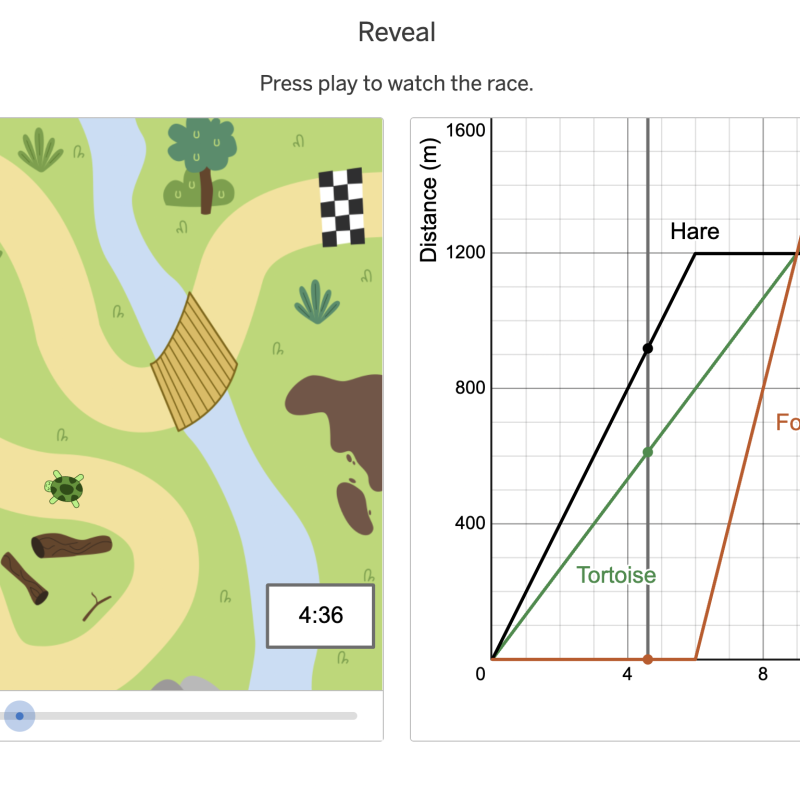The "New Math"
The paradigm of mathematics education continues to shift. Some changes in education are cyclical, some are genuine improvements, while others, unfortunately, are fads that will pass quickly. It is often hard to know the difference.
Over the past two decades, the landscape of math education has undergone significant transformations. As an educator, I believe it’s important for parents to understand these changes, as they directly impact how students learn and engage with mathematics. Let’s explore the key ways math instruction has evolved:
Shift from Rote Memorization to Conceptual Understanding Traditionally, math education focused heavily on rote memorization — times tables, formulas, and repetitive practice. While foundational skills remain essential, modern teaching emphasizes deeper conceptual understanding. Students are encouraged to explore the why behind mathematical processes, fostering problem-solving skills and flexible thinking. For example, instead of just memorizing the formula for area, students might explore how shapes can be rearranged to visualize the concept of area.
Real-World Applications Math is no longer confined to textbook exercises. Educators now integrate practical, real-world problems to make math more engaging and relevant. From budgeting and data analysis to understanding statistics in the news, students learn how math connects to their everyday lives and future careers. This shift helps combat the age-old question: "When am I ever going to use this?"
Technology Integration Twenty years ago, math classrooms may have had a whiteboard and a set of calculators — and that was about it. Today, technology is a central component of math education. Interactive apps, dynamic graphing tools, and online platforms offer personalized practice and immediate feedback. Programs like Desmos, GeoGebra, and Khan Academy allow students to visualize complex concepts and learn at their own pace. Technology has also enabled adaptive learning systems, which tailor problems to a student’s skill level, promoting mastery.
Collaborative Learning and Mathematical Discourse Gone are the days of silent rows of students working independently. Modern math education emphasizes collaboration and discussion. Students often work in groups to solve problems, explain their reasoning, and critique each other’s ideas. This approach helps build communication skills and deepens understanding, as explaining a concept requires more than just knowing the steps — it requires comprehension.
Personalized Learning Approaches The one-size-fits-all approach has gradually given way to more personalized learning experiences. Educators now recognize that students have different learning styles and paces. Differentiated instruction, small group work, and project-based learning help accommodate diverse needs. Many schools also offer support programs for students who need extra help and advanced opportunities for those ready to tackle more challenging material.
Growth Mindset and Mistakes as Learning Opportunities A significant cultural shift in math education is the promotion of a growth mindset — the belief that abilities can be developed through effort and persistence. Mistakes are now seen as valuable learning opportunities rather than failures. Students are encouraged to analyze errors, revise their work, and reflect on problem-solving strategies. This shift helps reduce math anxiety and builds resilience.
Standards and Curriculum Changes Over the last two decades, national and state education standards have evolved to prioritize mathematical reasoning and critical thinking. The Common Core State Standards, adopted by many states in the U.S., focus on fewer topics in greater depth, encouraging mastery rather than surface-level exposure. These changes aim to prepare students for the demands of a modern, data-driven world.
Assessment Practices Traditional timed tests and high-stakes exams are increasingly being balanced with more comprehensive assessments. Educators now use formative assessments — like class discussions, projects, and quick checks — to monitor understanding throughout the learning process. This approach provides ongoing feedback, helping teachers adjust instruction to meet student needs.
What This Means for Parents
As math education continues to evolve, parents can play a vital role in supporting their children’s learning. Encouraging curiosity, praising effort over results, and helping students see math’s relevance in daily life can reinforce the positive changes happening in the classroom. If math looks different than when you were in school — that’s a good thing! It means your child is learning not just to do math, but to think mathematically.
By understanding these educational shifts, parents and educators can work together to foster a love of learning and equip students with the mathematical skills they’ll need for the future.




